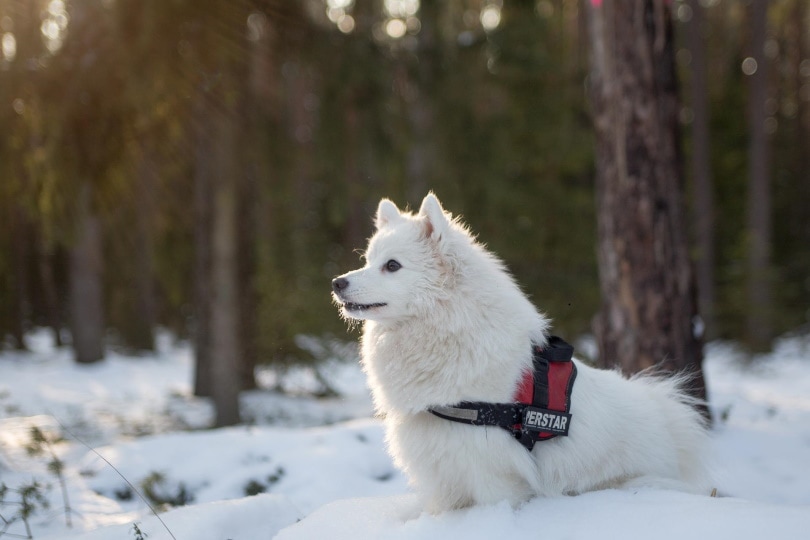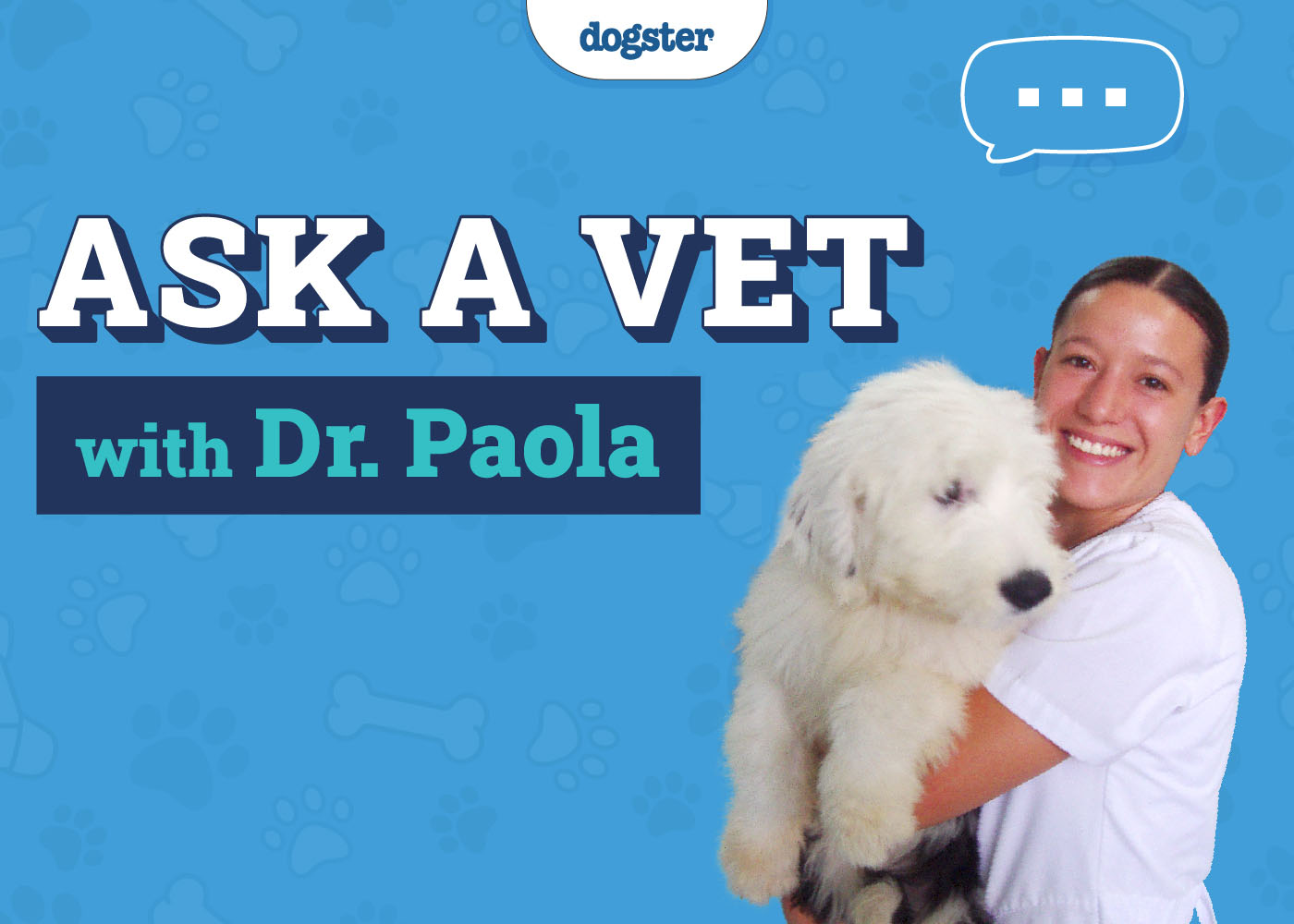We know, we know—it seems like dogs have coats that keep them naturally protected from inclement weather. But can your dog feel the cold? Dogs feel the cold!
Some breeds are extremely sensitive and even intolerant to cold temperatures. In the same way, some dogs are built for extreme cold.
Cold Tolerance in Dogs: Coat Matters
A dog’s coat matters very much when it comes to tolerating frigid temperatures. On average, when it is below 32 degrees F (0 degrees C), most dogs start getting very cold. You should limit the amount of time your dog spends outside in frigid weather.
Hairless Dogs
We should be able to empathize with hairless dogs. Like us, they have no hair to protect their skin from harsh elements. Dogs even sweat as we do rather than pant. So, a good rule of thumb is if you need a coat, so does your dog.
Even a standard of 45 degrees can be too cold for your hairless dog. Always add a layer of protection if you are chilly—as you can bet that they are, too.
In the same regard, they are also very sensitive to heat. If they are in direct sunlight, you should use sunblock to prevent burns.
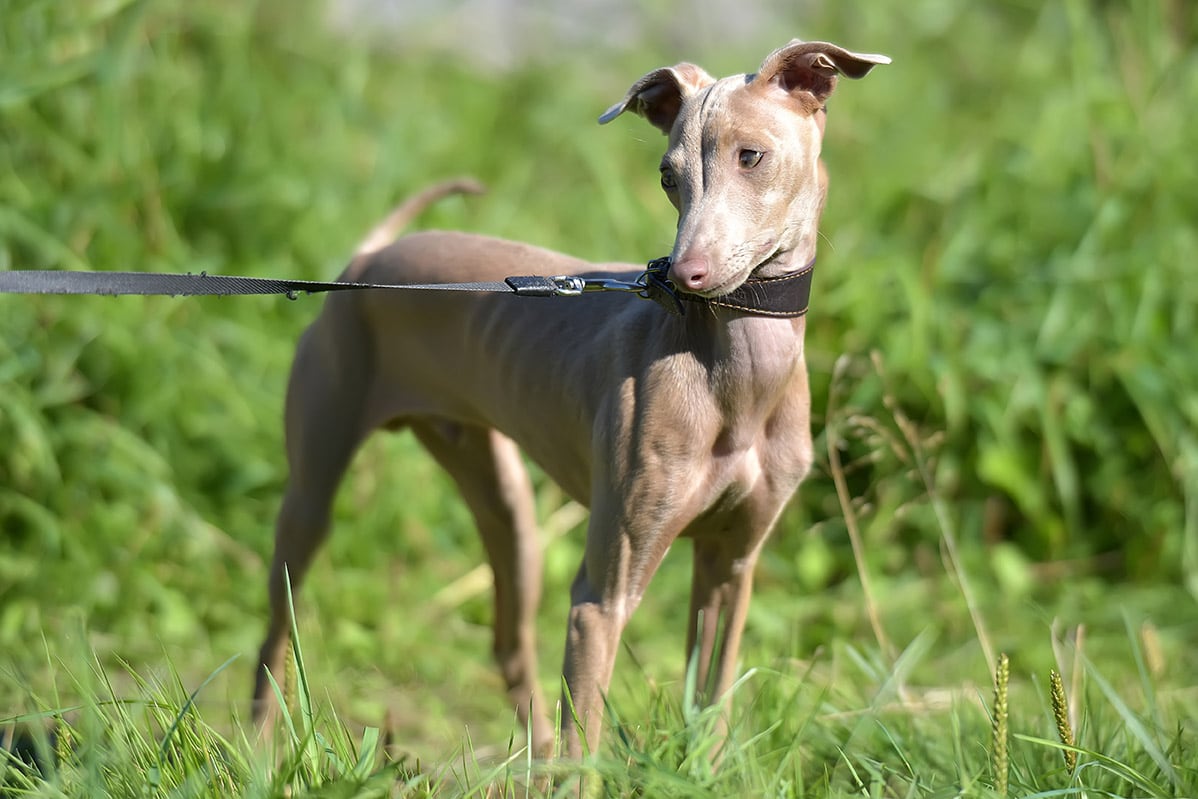
Single Layer Coats
Dogs with single-layer coats are usually fine in 45-to-60-degree F weather. They can play and take walks fine without being uncomfortable or chilled. However, if it starts dipping down toward freezing, you might notice your dog shivering or wanting to go back inside.
Double Layer Coats
Double-coated dogs are much more equipped to be out in the elements. They have a shorter base coat with an extended overcoat. Dogs with double coats can usually stay in colder temperatures longer. However, they are still susceptible to frostbite.
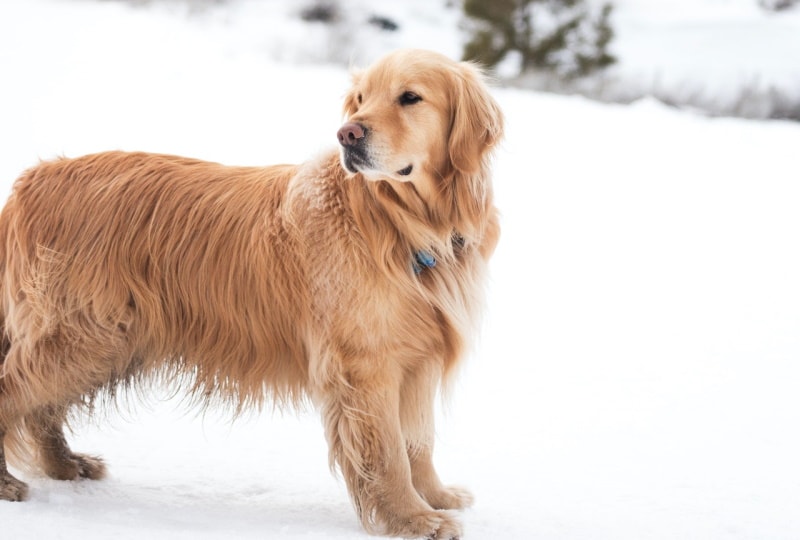
Texture
Downy dogs might be more sensitive than dogs with denser coats. For instance, the thin coat of a Poodle won’t fare as well against the cold as a German Shepherd, whose hair is coarse and thick.
Coat Length
In all cases, you might think coat lengths have a lot to do with a dog’s cold tolerance, but this isn’t always true. Some long-haired dogs, like the Shih Tzu, have very long fur but low cold tolerance.
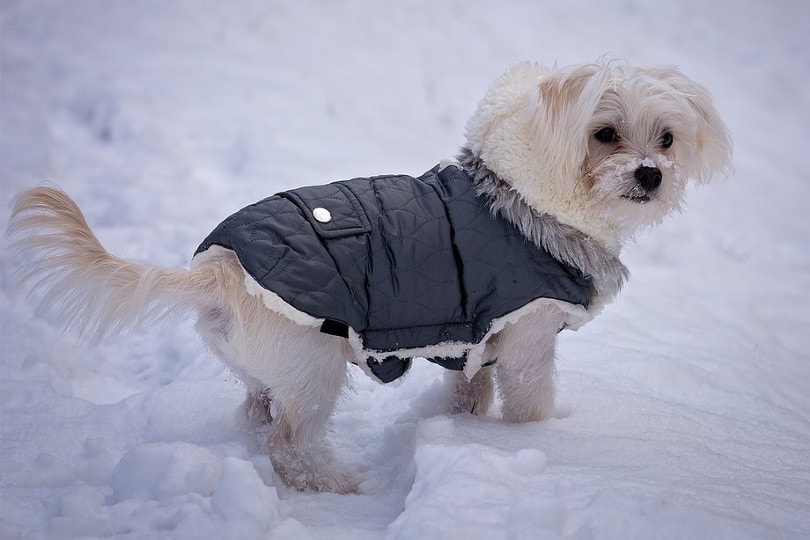
Age
Very young puppies rely on the body heat from their mothers. If they are exposed to any cold temperatures, it could be detrimental. Seniors are also less tolerant of cold weather due to muscle and mobility loss.
Breed Size
The breed size says a lot about cold tolerance. If a dog is small, it will get colder faster than a larger breed. For instance, a small, thin dog like a chihuahua wouldn’t keep as warm as a pit bull of similar coat length.
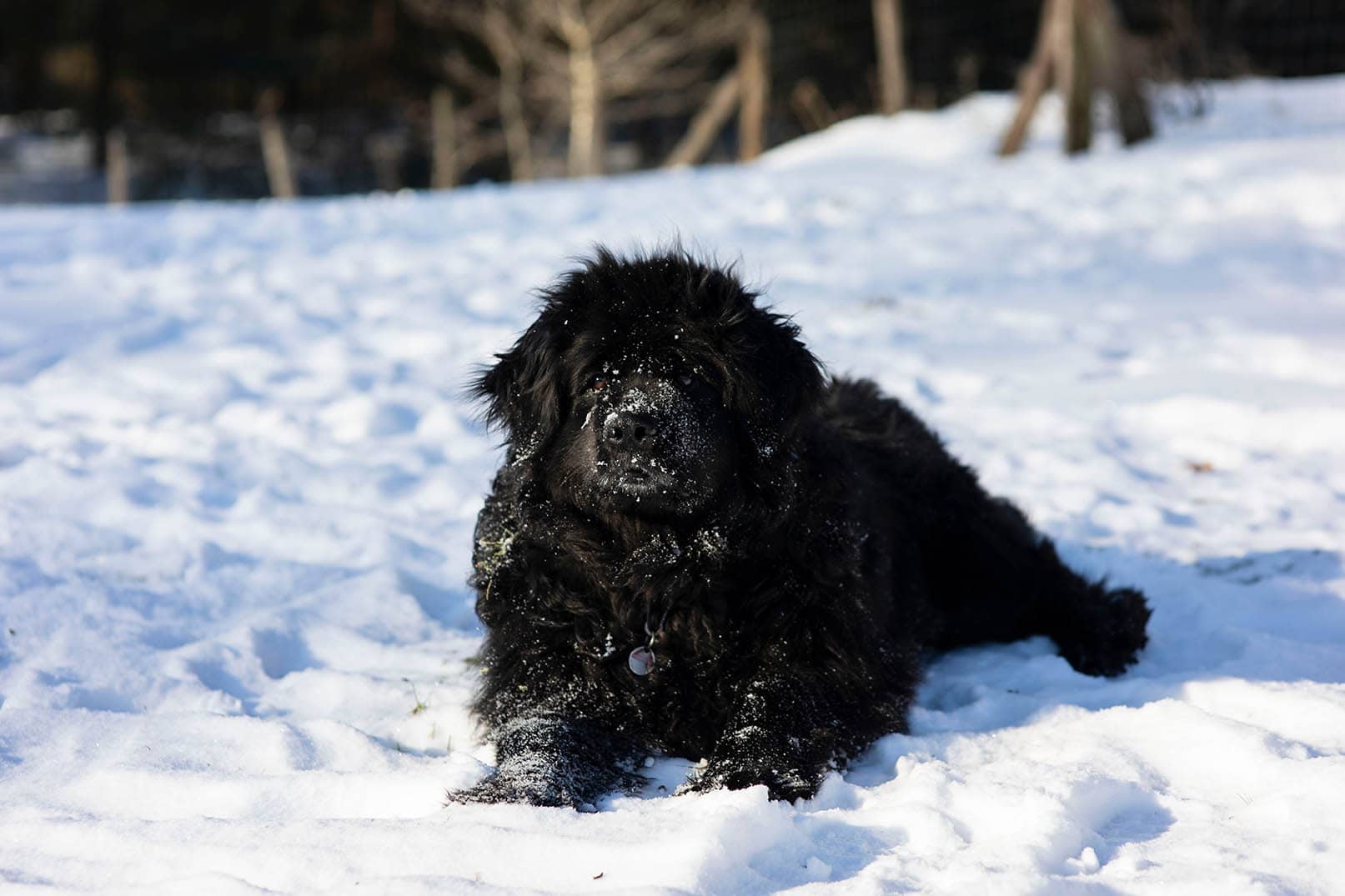
Importance of Shelter
If your dog stays outside for any time in colder months, you must adequately insulate the shelters you have available. You will need a wind-resistant space with some heat-retaining bedding material, like straw.
Local laws in place list specifics on how long you can leave your dog out during extreme weather. They might also list shelter requirements. Be sure to check with your state or city for laws in your area before keeping your pet outdoors.
If you don’t abide by these laws, it could result in fines or even the removal of your pet from your home. So, always make sure to supervise short-length outdoor visits and put safety measures in place to protect them.

Diets for Outdoor Dogs
If you have a cold-hardy breed and mild winters, your dog may spend more time outside. In colder temperatures, your dog will need extra calories to replenish their bodies.
Depending on the breed and size of your dog, they might need a caloric increase of up to 30%. Also, they need access to a fresh, unfrozen water source at all times.
Every dog is unique in their nutritional needs, so we recommend reaching out to your vet for advice.

If you need to speak with a vet but can’t get to one, head over to PangoVet. It’s an online service where you can talk to a vet online and get the personalized advice you need for your pet — all at an affordable price!
Wrapping Up
On average, dogs are comfortable in temperatures of 45 degrees Fahrenheit and higher. These ranges can change based on weight, age, size, and coat thickness.
Your best bet is limiting outdoor visits to a minimum in extreme cold and keeping them cozy inside. But if that’s not possible, make proper arrangements to ensure your pet’s safety.
Featured Image Credit: Audrius Vizbaras, Pixabay

